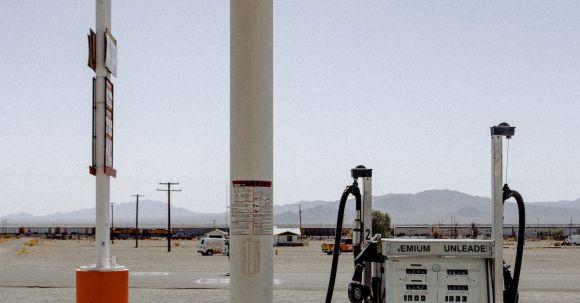Unearthing the vast potential of ultra-deep petroleum reservoirs has become a paramount goal in the field of oil and gas exploration. With conventional reserves depleting at an alarming rate, the industry has turned its attention to these untapped resources, hidden beneath layers of rock and sediment. In this article, we will embark on a journey into the depths, delving into the challenges and opportunities associated with exploring ultra-deep petroleum reservoirs.
The Challenge of Depth
Ultra-deep petroleum reservoirs, typically found at depths greater than 20,000 feet, present a unique set of challenges for exploration and production. The extreme pressures and temperatures at these depths require specialized equipment and techniques to access and extract the oil and gas trapped within. Additionally, the geological complexity of these reservoirs adds another layer of complexity, making accurate mapping and drilling a formidable task.
Cutting-Edge Technology
Advancements in technology have played a pivotal role in enabling the exploration of ultra-deep petroleum reservoirs. One such innovation is the development of advanced drilling techniques, such as extended-reach drilling and directional drilling. These methods allow operators to access reservoirs that were previously deemed unreachable, maximizing the recovery potential of these resources.
Furthermore, the use of seismic imaging has revolutionized the way we visualize subsurface structures. By analyzing sound waves reflected off rock formations, geophysicists can create detailed 3D models of the reservoir, aiding in the identification of potential drilling locations. This technology has greatly improved the success rate of drilling operations, reducing the risk and cost associated with exploration.
Unlocking the Potential
The exploration of ultra-deep petroleum reservoirs has the potential to unlock vast reserves of oil and gas, ensuring a stable energy supply for years to come. Estimates suggest that these untapped resources could hold trillions of barrels of oil equivalent, providing a significant boost to global energy reserves. This, in turn, can have a positive impact on energy security and economic growth.
In addition to their sheer volume, ultra-deep petroleum reservoirs often contain high-quality crude oil, which can fetch a premium price on the global market. The production of high-value hydrocarbons from these reservoirs can substantially enhance the profitability of oil and gas companies, attracting investment and driving innovation in the sector.
Environmental Considerations
While the exploration of ultra-deep petroleum reservoirs offers promising opportunities, it is essential to address the environmental implications associated with these operations. The extraction of oil and gas from these depths requires substantial energy inputs and can result in the release of greenhouse gases. As the world transitions to a low-carbon future, it is crucial to balance the pursuit of these resources with sustainable practices and the development of alternative energy sources.
Conclusion: A Glimpse into the Depths
Exploring ultra-deep petroleum reservoirs is a complex and challenging endeavor, requiring cutting-edge technology and innovative thinking. However, the potential rewards are significant, both in terms of energy supply and economic growth. As we continue to probe the depths, it is essential to strike a balance between resource extraction and environmental sustainability. By doing so, we can harness the vast potential of these reservoirs while safeguarding the future of our planet.





